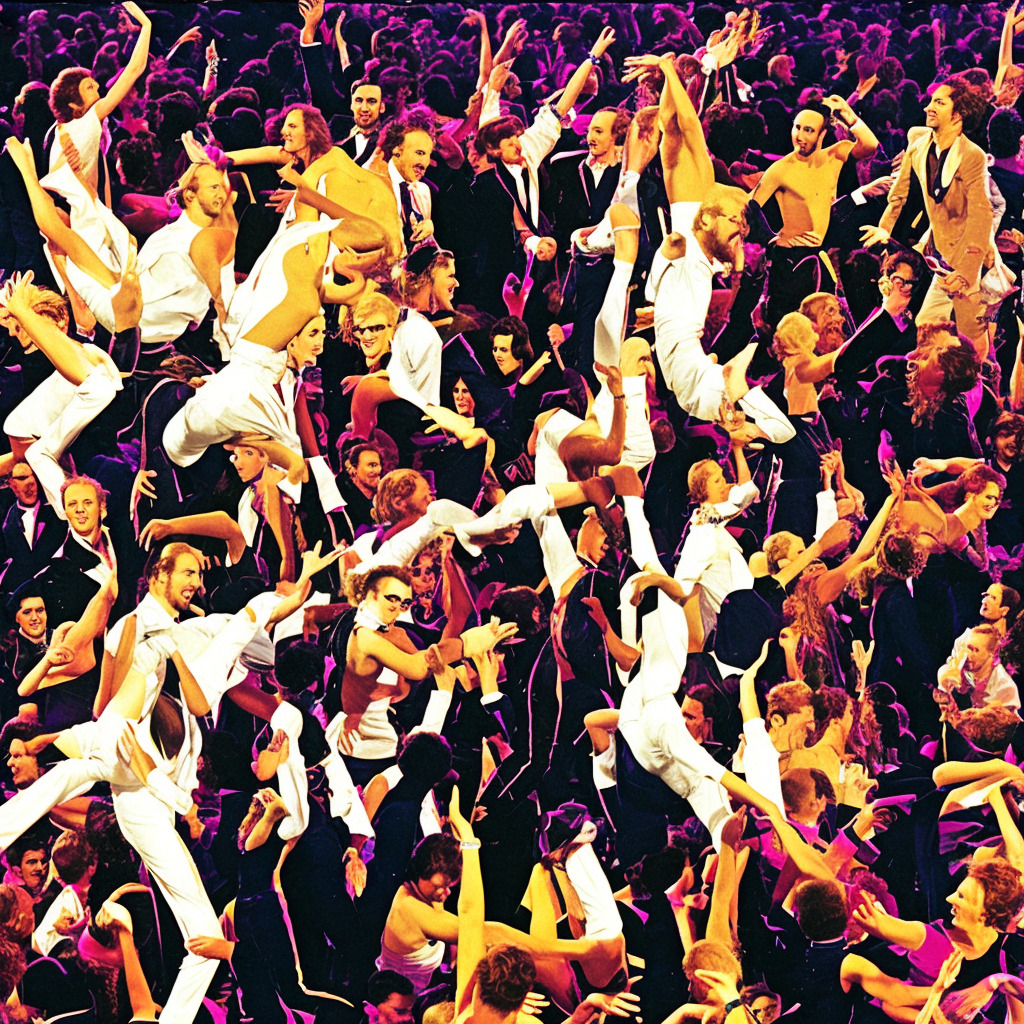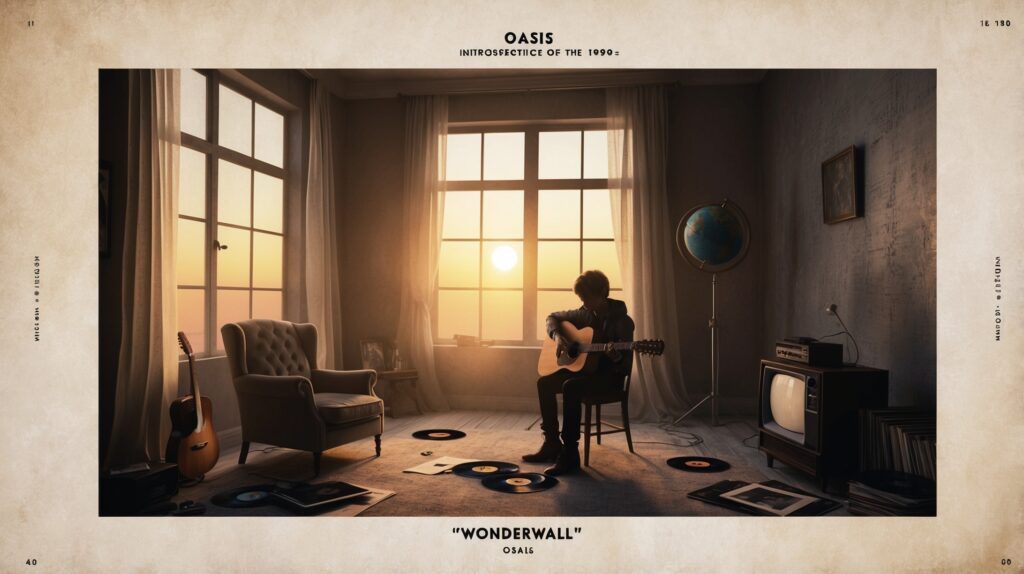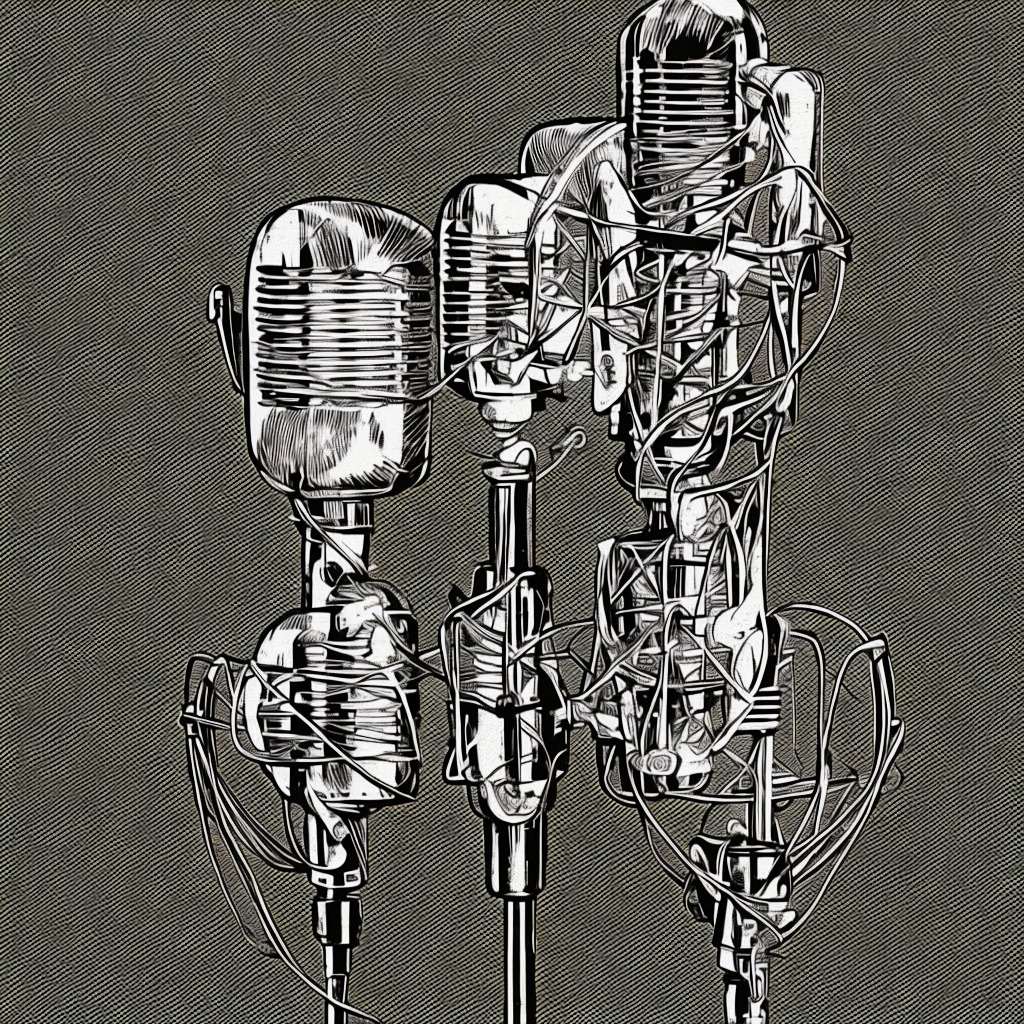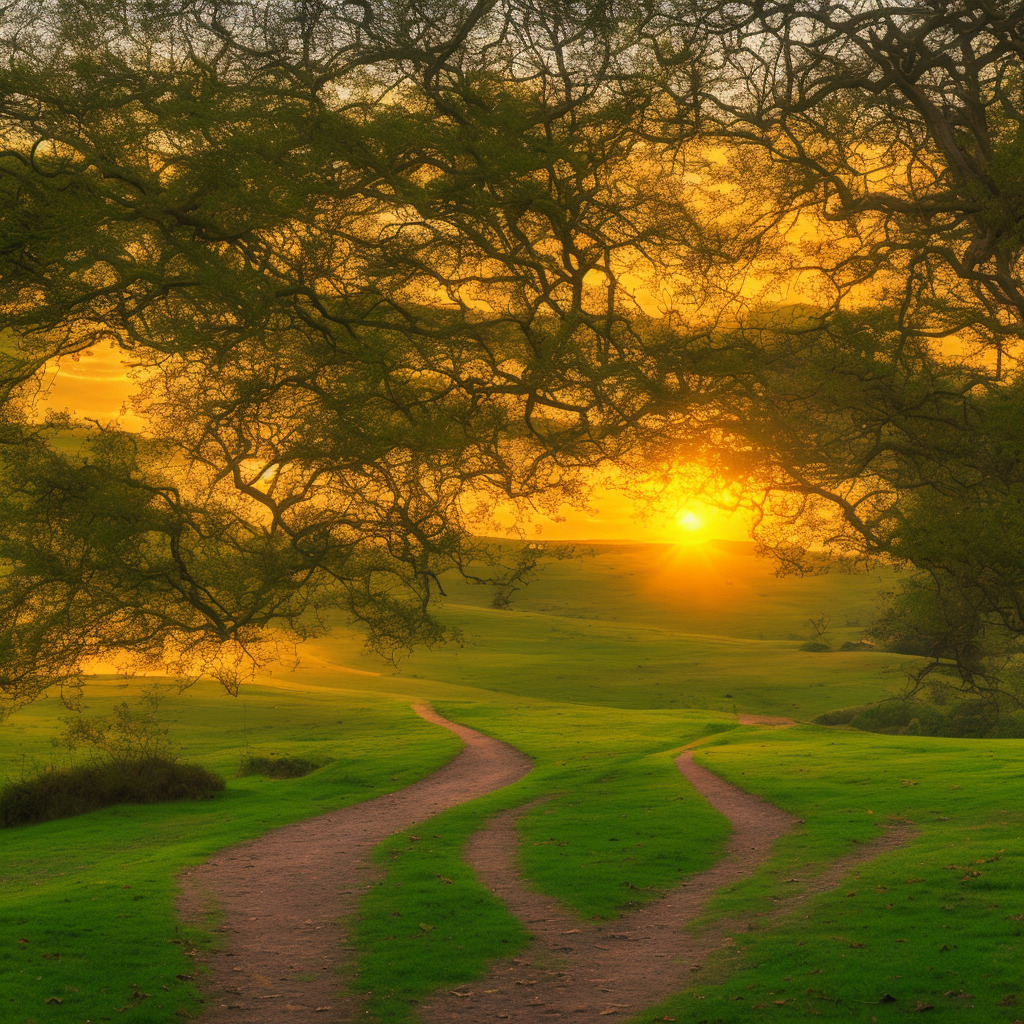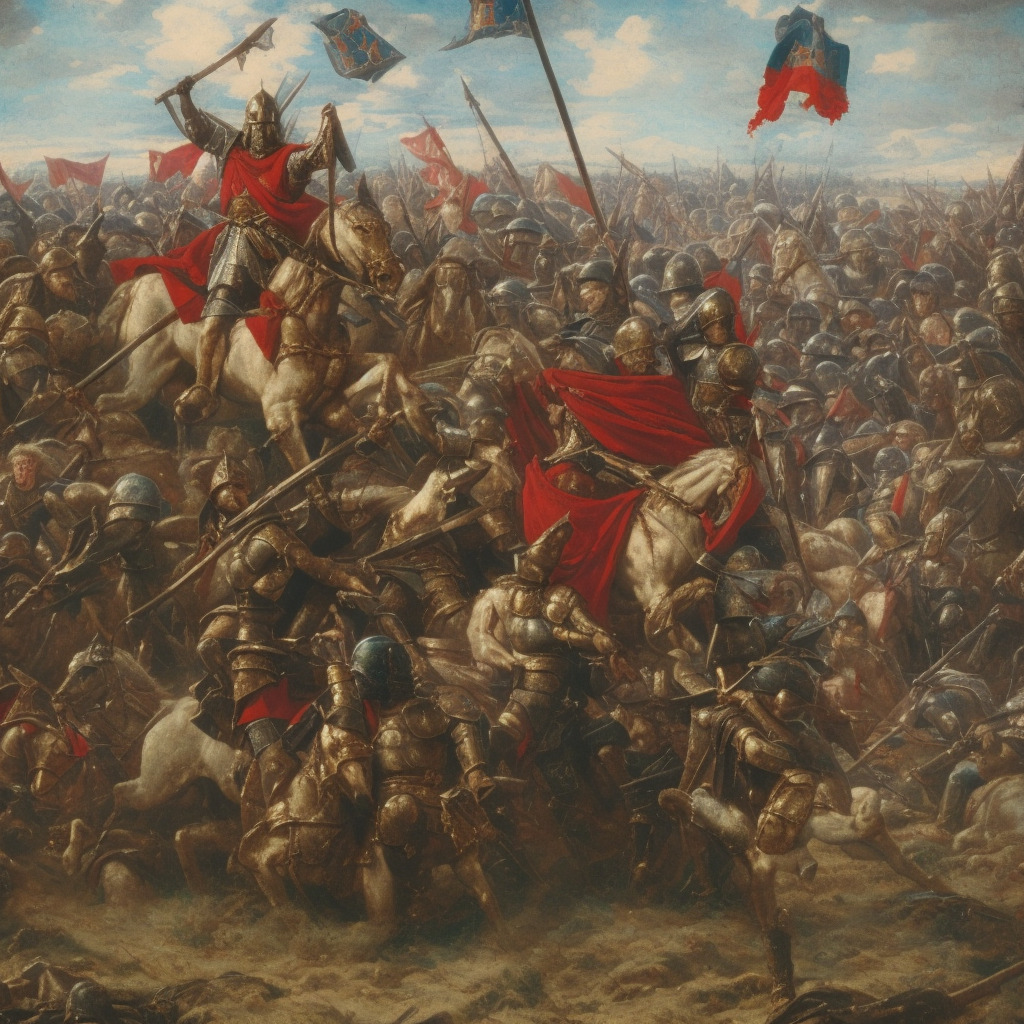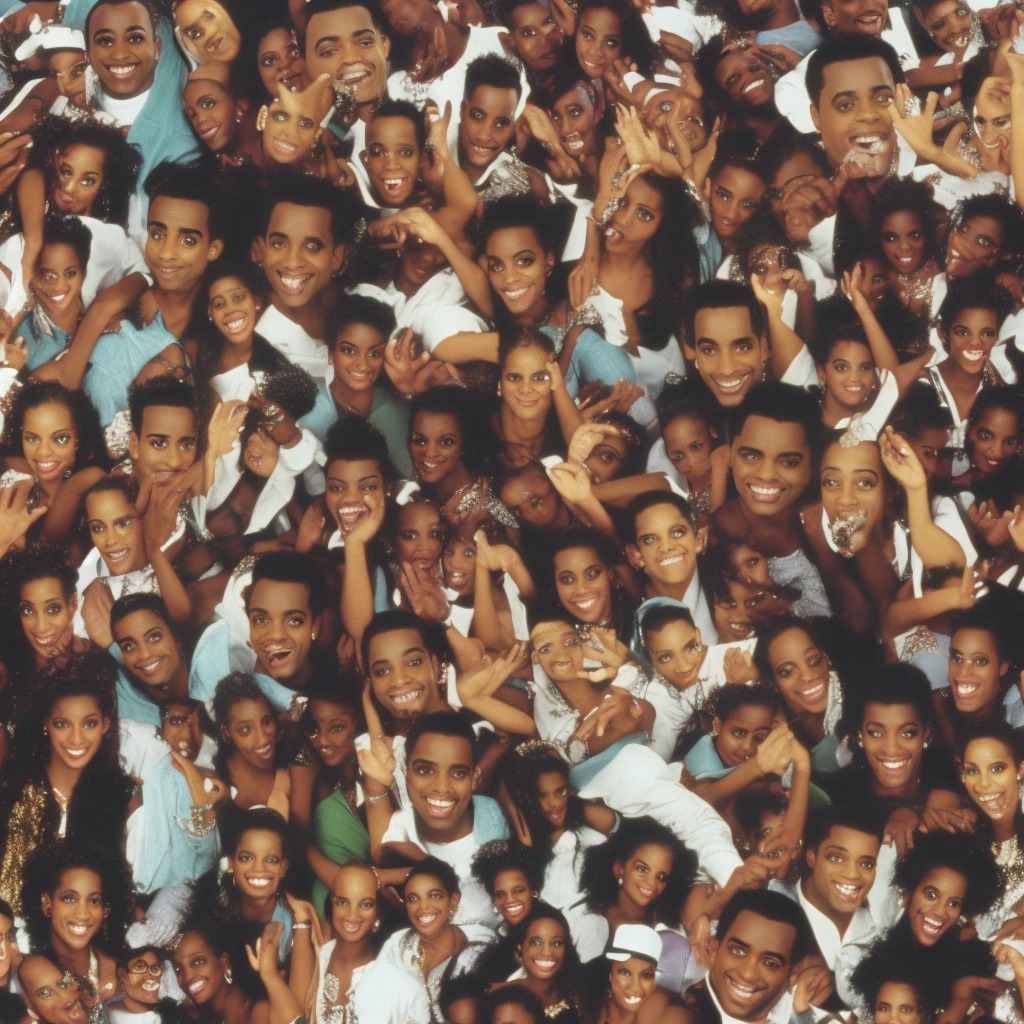“💃 Did you know #BeeGees’ Barry Gibb perfected his iconic falsetto during “You Should Be Dancing” recording? 🎤 A happy accident that defined the #disco era! 🎶 #FunFact #1970sMusic” Read about it: tinyurl.com/ybzch2we
Dancing Through the Decades with the Brothers Gibb
Dance through time with the Bee Gees’ infectious tunes and evolving styles, from ’60s folk-rock to disco fever, proving their timeless talent and enduring appeal.
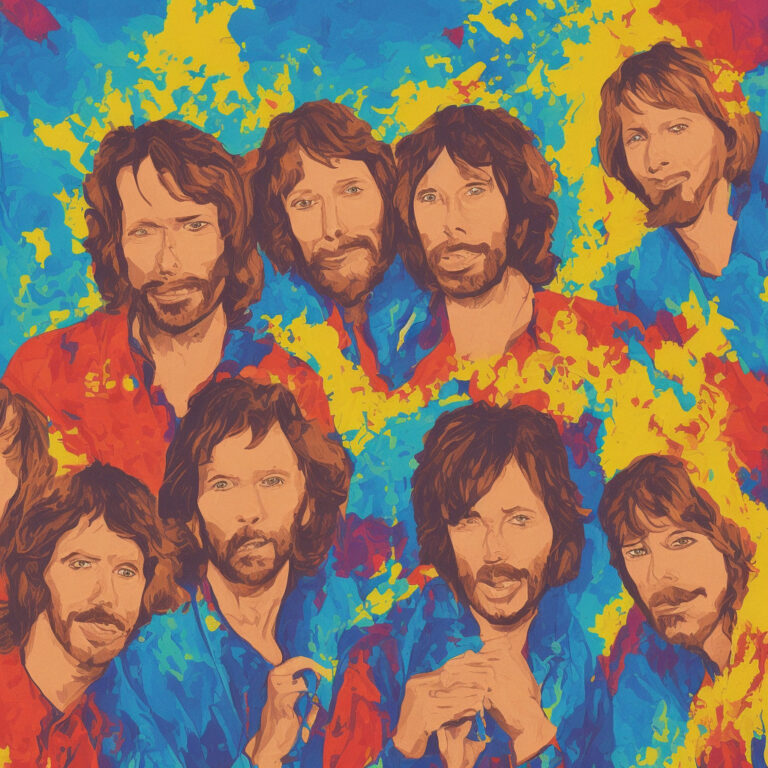
The Bee Gees, one of the most iconic and successful bands in music history, found their way into the hearts of millions of fans around the world with their signature harmonies and infectious tunes. Comprised of the Gibb brothers – Barry, Robin, and Maurice – the Bee Gees rose to stardom in the late 1960s and continued to make their mark throughout the following decades. One song that stands out in their illustrious career is the 1976 classic, “You Should Be Dancing.”
Originally released as a single from the Bee Gees’ fourteenth studio album, “Children of the World,” “You Should Be Dancing” quickly became a disco anthem and a chart-topping hit. The song reached number one on Billboard Hot 100 in the US and peaked within the top ten in numerous countries. It even earned the band a Grammy Award nomination for Best Pop Performance by a Duo or Group with Vocals, showcasing the Bee Gees’ talent and versatility.
“You Should Be Dancing” is also notable for having ushered in a new era for the Bee Gees, as it marked their first foray into the dance-oriented disco sound that would come to define much of their late ’70s and early ’80s output. The song’s catchy melody, driving bassline, and Barry Gibb’s distinctive falsetto vocals exemplify the Bee Gees’ ability to adapt to the changing musical landscape while maintaining their unique sound.
While the Bee Gees are often synonymous with the disco era, it’s important to note that their musical journey had begun a decade earlier, with their first international hit “New York Mining Disaster 1941” in 1967. Over the years, the brothers continued to evolve their sound, dabbling in folk, rock, and pop before adopting the disco style in the 1970s. Their contributions to the “Saturday Night Fever” soundtrack further solidified their status as disco legends and, in turn, their place in pop culture history.
Despite the tremendous success the Bee Gees achieved throughout their storied career, some critics have faulted them for their role in perpetuating the disco craze, which eventually faced a backlash in the early 1980s. However, this critique fails to recognize the tremendous talent, versatility, and innovation the Gibb brothers brought to the music industry over their decades-long run.
In conclusion, “You Should Be Dancing” remains a testament to the Bee Gees’ musical prowess and their ability to continually reinvent themselves while leaving an indelible mark on popular music. The song may have defined a particular moment in time, but its infectious energy and timeless appeal ensure that it will continue to be enjoyed by fans for generations to come.
Charting the Dance Floor
Disco fever ignited as Bee Gees’ “You Should Be Dancing” topped charts worldwide, etching its catchy hooks into music history and conquering dance floors in the unforgettable summer of ’76.
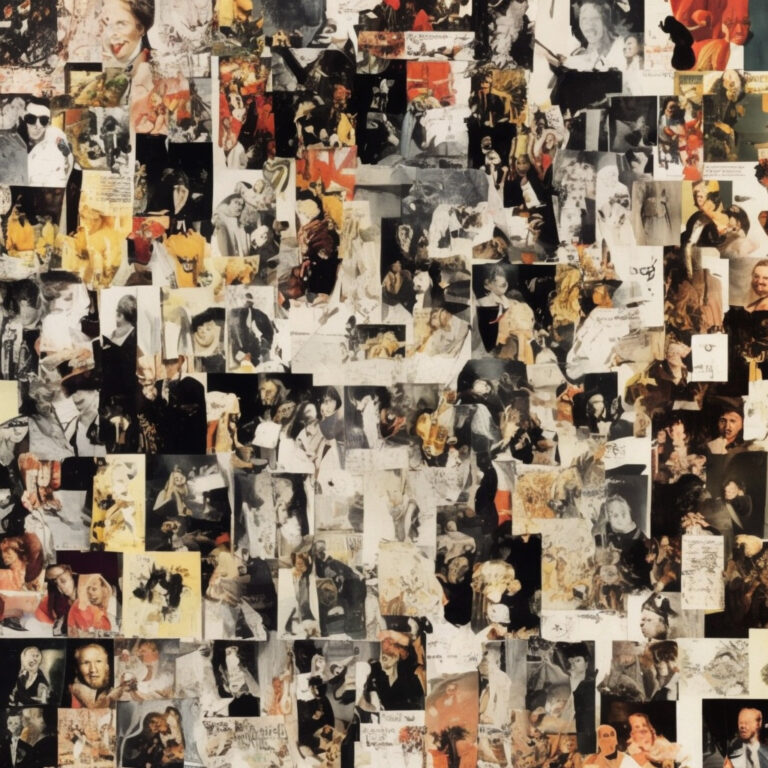
“You Should Be Dancing” was released on June 21, 1976, as the lead single from the Bee Gees’ album “Children of the World.” This dance anthem quickly became an undeniable hit, showcasing the band’s newly embraced disco sound and the impeccable songwriting skills of the Gibb brothers.
Upon its release, the song entered the charts at a modest position but rapidly climbed the ranks. “You Should Be Dancing” reached its peak on the US Billboard Hot 100 chart on September 4, 1976, where it claimed the coveted number one spot. It held onto this position for a week, demonstrating the tune’s irresistible catchy hooks and its broad appeal to the disco-loving masses.
The Bee Gees’ dance floor classic didn’t just conquer the US charts – it also enjoyed success in other parts of the world. In their home country of the United Kingdom, “You Should Be Dancing” peaked at number five on the UK Singles Chart. In Australia, the song reached number two, while in Canada, it held onto the number one spot for two consecutive weeks.
Other chart-related trivia includes the fact that “You Should Be Dancing” was the Bee Gees’ third number one hit in the United States. Moreover, Billboard ranked the song as the 25th biggest hit of 1976 in the US, solidifying its place as a disco staple for the year.
Not only did “You Should Be Dancing” achieve chart success, but it also had an impact on the Bee Gees’ career and the broader music scene. The song’s popularity led to its inclusion in the iconic 1977 film “Saturday Night Fever,” further cementing the band’s status as disco pioneers and adding to their impressive list of achievements.
In summary, “You Should Be Dancing” was a chart-topping success, propelling the Bee Gees to disco stardom and contributing to the soundtrack of an unforgettable era in music history. The song’s undeniable appeal and catchy hooks ensured that it dominated dance floors around the world, leaving a lasting impression on fans and fellow musicians alike.
Dancing Through The Disco Era: The Lyrics
Goes right on till the dawn
My woman takes me higher
My woman keeps me warm
What you doin’ on your back, aah?
What you doin’ on your back, aah?
You should be dancing, yeah
Dancing, yeah
She’s juicy and she’s trouble
She gets it to me good
My woman gives me power
Go right down to my blood
What you doin’ on your back, aah?
What you doin’ on your back, aah?
You should be dancing, yeah
Dancing, yeah
(You should be dancing)
The lyrics of “You Should Be Dancing” by The Bee Gees captures the spirit of the late 1970s – a time when people wanted to let loose, dance, and forget about the struggles of everyday life. This song, released in 1976, is all about the joy and freedom of dancing, as expressed through the seductive and energetic moves of a woman on the dance floor.
The straightforward lyrics tell the story of a man who is mesmerized by a woman’s dancing prowess, as she “moves at midnight” and “goes right on till the dawn.” This woman is a powerful figure, described as “juicy and trouble,” who provides him with energy and warmth. The repeated refrain of “What you doin’ on your back, aah? You should be dancing, yeah” emphasizes the message that dancing is the key to escaping the mundane and finding a sense of liberation.
The Bee Gees’ “You Should Be Dancing” resonated with the masses during this era, as it reflected the desire of many to break free from the chains of conformity and societal expectations. The song became an emblem of the disco era, a time when people flocked to the clubs to dance their cares away. The combination of groovy beats, catchy melody, and simple, direct lyrics made this song an instant hit and a call to action for people to get up and dance.
As we dive deeper into the lyrics, we can also see how “You Should Be Dancing” can be interpreted as a commentary on gender roles and expectations in society. The woman in the song defies conventions by being powerful, confident, and sensual, while the man is drawn to her and admires her for these qualities. This song, therefore, serves as a reflection of the changing times and the evolving ideas of femininity and masculinity during the 1970s.
Overall, “You Should Be Dancing” remains a timeless classic that perfectly encapsulates the spirit and energy of the disco era. Its lyrics, while simple, paint a vivid picture of the joy and freedom that can be found on the dance floor, and how this escape from reality was embraced by many during a time of great social and cultural change.
A Disco Inferno: Uncovering the “You Should Be Dancing” Music Video
Dive into the dazzling disco era with the Bee Gees’ iconic “You Should Be Dancing” music video, a timeless blend of fashion, dance, and infectious tunes that’ll keep you grooving!
The music video for “You Should Be Dancing,” a chart-topping hit by the Bee Gees, perfectly encapsulates the disco era in all of its glory. Directed by the talented David Parkinson, this visual treat provides viewers with an exceptional blend of dance, fashion, and musical performance.
Parkinson, known for his work on various British television programs and music videos, was the ideal choice to bring the energy of “You Should Be Dancing” to life. The video was filmed on a relatively modest budget, though this did not hinder the final result from exuding an air of opulence and extravagance.
One of the most memorable aspects of the video is the Bee Gees’ performance itself, complete with their signature harmonies and falsetto vocals. The Gibb brothers, Barry, Robin, and Maurice, can be seen clad in their iconic white suits, a look that would become synonymous with the disco era. The video also features a cast of dancers, dressed in quintessential disco attire, grooving along to the infectious beats of the song.
The artistic approach taken by Parkinson is a testament to the power of simplicity. The video does not rely on elaborate sets or special effects, but rather focuses on the electrifying dance moves of the performers, with the Bee Gees taking center stage. This straightforward approach allows the infectious rhythm and melody of the song to shine through, further solidifying the track’s status as a disco classic.
Though an official music video was produced for “You Should Be Dancing,” fans of the Bee Gees have also contributed their own creative interpretations of the song on platforms such as YouTube. These fan-made videos often incorporate scenes from the 1977 film “Saturday Night Fever,” which famously features John Travolta dancing to the track. The iconic film, for which the Bee Gees contributed several songs to the soundtrack, further solidified “You Should Be Dancing” and the band as disco legends.
In conclusion, the music video for “You Should Be Dancing” is not only a reflection of the Bee Gees’ musical prowess but also a tribute to the unforgettable fashion and dance trends of the disco era. Whether viewed as a standalone piece or in conjunction with fan-made tributes and the film “Saturday Night Fever,” this visual delight never fails to get audiences up on their feet and dancing.
The Masterminds Behind the Music
The Bee Gees, comprised of the trio of Gibb brothers – Barry, Robin, and Maurice, were the masterminds behind the iconic hit “You Should Be Dancing.” The brothers showcased their exceptional songwriting prowess throughout their illustrious career, penning numerous chart-toppers, both for themselves and other artists. Their incredible talent for composing unforgettable melodies and harmonies was deeply ingrained in their DNA. The Bee Gees’ phenomenal success in the 1970s was marked by another emblematic song “Stayin’ Alive,” which became the defining anthem of the disco era. Additionally, the brothers put their songwriting magic to work for other artists, such as the soulful “Heartbreaker” by Dionne Warwick and the catchy “Islands in the Stream” by Kenny Rogers and Dolly Parton. The Gibb brothers’ indelible mark on the music scene is a testament to their remarkable songwriting genius, with “You Should Be Dancing” being just one shining example of their legacy.
Awards, Accolades, and Appearances
Dancing through decades: Bee Gees’ iconic ’76 hit “You Should Be Dancing” soars through charts, screens, and generations, cementing its timeless groove.
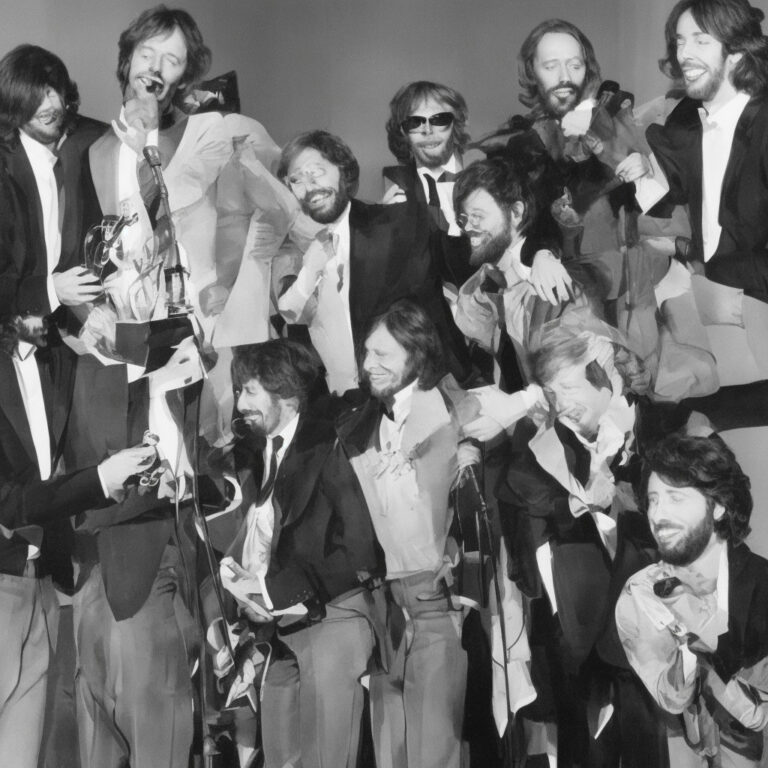
“You Should Be Dancing” has been a consistent hit on the airwaves and in the hearts of fans since its release in 1976. The song reached the top of the US Billboard Hot 100 chart and peaked at number four in the United Kingdom, showcasing the Bee Gees’ impressive global reach. Additionally, the song received a Grammy Award nomination for Best Pop Vocal Performance by a Duo or Group in 1977, further cementing its status as a top-tier tune.
The song’s infectious beat and memorable melody have led to numerous film and television placements over the years. One of the most iconic uses of “You Should Be Dancing” was in the 1977 blockbuster “Saturday Night Fever,” starring John Travolta as Tony Manero. The film’s soundtrack, which heavily featured the Bee Gees, went on to win the Grammy Award for Album of the Year. The track’s appearance in the film not only solidified its place in popular culture but also helped to define the disco era.
Television shows have also paid homage to the song, including an unforgettable performance by the cast of the hit show “Glee” in 2012. The spirited rendition, led by character Blaine Anderson (played by Darren Criss) brought new life and energy to the classic tune and introduced it to a younger generation of fans.
Over the years, various artists have taken it upon themselves to put their spin on “You Should Be Dancing.” Among the most notable covers is the 1998 version by British dance act Blockster, which climbed to number three on the UK Singles Chart. This version gave the song a fresh, contemporary feel, while still staying true to the original’s iconic sound.
In 2010, beloved children’s entertainers The Wiggles also performed a rendition of the song, ensuring that “You Should Be Dancing” continues to be enjoyed by audiences of all ages. The Bee Gees themselves have performed altered live versions of the song, accentuating the tune’s enduring appeal.
As the years have passed, “You Should Be Dancing” continues to earn its place as a timeless classic, appearing in new contexts that introduce the song to new fans while also reminding longtime listeners of its enduring charm.
Dissecting the Dance Floor Anthem
Diving into the musical structure of “You Should Be Dancing,” The Bee Gees crafted a masterpiece that has stood the test of time, thanks to its infectious rhythm and impeccable production. Written in the key of G minor, the song captivates listeners with its driving bassline, intricate harmonies, and unforgettable falsetto.
The chord progression of the song predominantly relies on the i-IV-V-IV pattern (Gm-C-D-C), which is a classic progression in many dance and pop tunes. This progression gives the song its energetic and uplifting tone, making it nearly impossible not to groove along. Additionally, the occasional inclusion of the VII chord (F) adds a touch of tension that further propels the song forward.
The tempo of “You Should Be Dancing” is set at a lively 123 beats per minute (BPM), perfectly capturing the disco-era’s energetic dance floor vibe. The fast-paced tempo is accompanied by an upbeat four-on-the-floor drum pattern that serves as the backbone of the track, driving the rhythm section and creating a sense of urgency that compels listeners to move.
One of the most notable features of this iconic track is the use of syncopation in the rhythm, which is achieved through the interplay between the bass, drums, and guitar. The syncopated rhythm adds an extra layer of excitement to the song, making it even more danceable and catchy. Moreover, the funky guitar riffs and the tight, staccato keyboard chords further contribute to the overall groove and distinct sound of the track.
The Bee Gees’ impeccable harmonies and falsetto vocals are also crucial elements of “You Should Be Dancing.” The distinctive vocal arrangement, consisting of the brothers’ close-knit harmonies and Barry Gibb’s soaring falsetto, creates a rich and engaging texture that adds depth and character to the song. The use of call-and-response and counterpoint techniques in the vocal arrangement further enhances the song’s dynamic and engaging nature.
In conclusion, the musical structure of “You Should Be Dancing” is a masterclass in crafting an unforgettable dance anthem. The combination of a catchy chord progression, lively tempo, syncopated rhythm, and impeccable vocal arrangement has resulted in a song that continues to captivate and inspire listeners and musicians alike, proving The Bee Gees’ undeniable prowess in songwriting and production.

